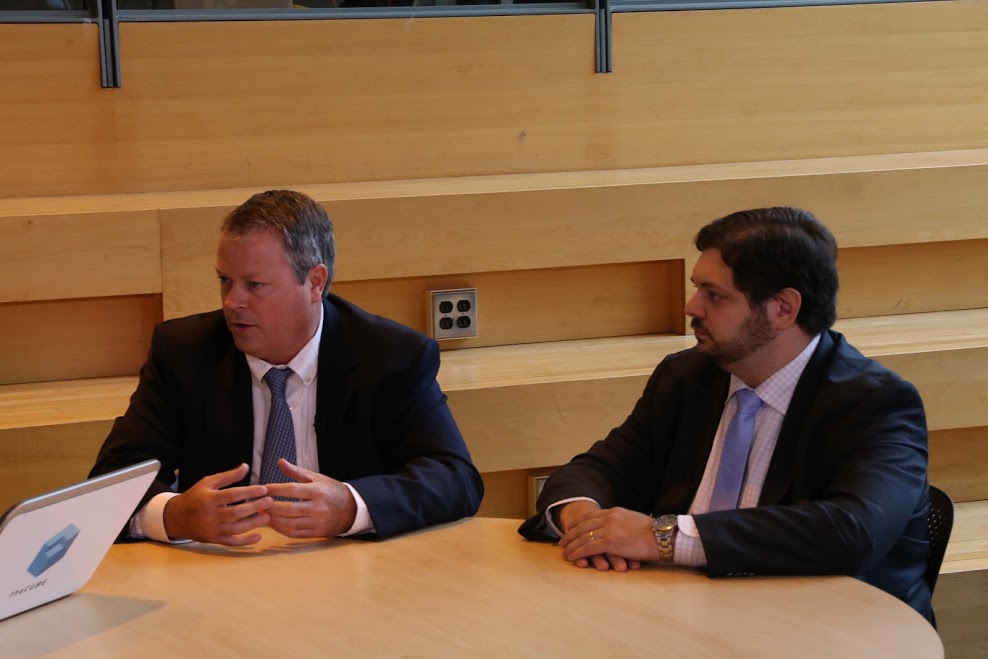 NEWS
NEWS
 NEWS
NEWS
 NEWS
NEWS
SAP SE has been on a journey that required quite a lot of information sharing with its customers. Justin Litz, global VP of Enterprise Data Management at SAP SE, said that conversations with customers generally revolve around the customer’s journey, but also comparing best practices. The goal is simple: to have “no breakage” in data. Litz wants to ensure data is “what it needs to be.”
Litz and Henrique Pinto, director of Global HANA COE at SAP, spoke with Stu Miniman (@stu) and Paul Gillin (@pgillin), cohosts of theCUBE, from the SiliconANGLE Media team, at MIT CDOIQ Symposium 2016 in Cambridge, MA. Pinto described how the industry is being effected by data-driven decision making, which has led to increasing demands for analytics and other governance services.
Litz explained that several data managers helped “build out” SAP SE from software to data governance. Nevertheless, the company is a sales organization and thereby rooted in business. This background has allowed SAP SE to “speak that business speak,” which has been useful, as executive sponsorship of any given project can change.
Internally, Litz remarked the “aha! moment” with data governance was that multiple fields need managing. After that, the process became determining which were most business critical. Litz said that call came down to answering, “What are we going after?” The answer was sales. They began with a top 20 list of the most relevant or business-critical fields of data governance. That list has evolved into 75. Each of those fields is a “line of business,” and each has its responsibility, Litz explained. He said these fields meet as a “data council” in order to share “roadmaps.”
Pinto commented that the “Hadoop standard” has dictated many aspects of data in the past 10 years. In response, he has seen quality being “built into the app” — essentially, to the end of having the application run on top of Hadoop. The difference between Hadoop and SAP HANA is clear: Hadoop is for storage, and HANA is for processing.
HANA “understands what businesses need,” explained Pinto. Thus, Hadoop and HANA work well together.
Watch the full interview below, and be sure to check out more of SiliconANGLE and theCUBE’s coverage of the MIT CDOIQ Symposium.
Support our open free content by sharing and engaging with our content and community.
Where Technology Leaders Connect, Share Intelligence & Create Opportunities
SiliconANGLE Media is a recognized leader in digital media innovation serving innovative audiences and brands, bringing together cutting-edge technology, influential content, strategic insights and real-time audience engagement. As the parent company of SiliconANGLE, theCUBE Network, theCUBE Research, CUBE365, theCUBE AI and theCUBE SuperStudios — such as those established in Silicon Valley and the New York Stock Exchange (NYSE) — SiliconANGLE Media operates at the intersection of media, technology, and AI. .
Founded by tech visionaries John Furrier and Dave Vellante, SiliconANGLE Media has built a powerful ecosystem of industry-leading digital media brands, with a reach of 15+ million elite tech professionals. The company’s new, proprietary theCUBE AI Video cloud is breaking ground in audience interaction, leveraging theCUBEai.com neural network to help technology companies make data-driven decisions and stay at the forefront of industry conversations.